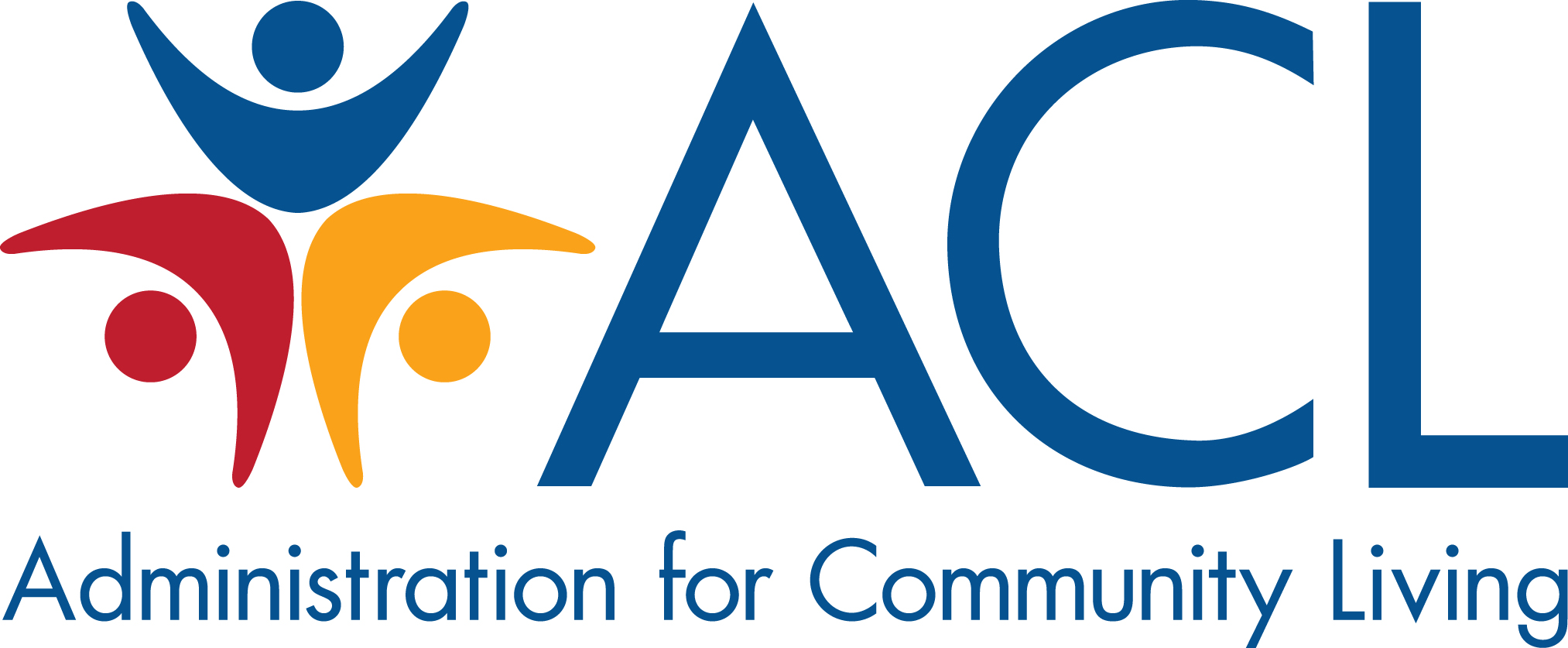The ability of older adults and people with disabilities to live in their own home and communities and to participate fully in all aspects of community life is often dependent upon the availability of services and supports provided by a workforce of direct care workers (DCWs). This direct care workforce includes people with various job titles, including personal care attendants, job coaches, home health aides, residential workers, and more. DCWs may also be referred to as direct support professionals (DSPs) or direct service workers (DSWs).
There is currently a shortage of DCWs. That shortage, coupled with high employee turnover rates in the workforce, can compromise the health and safety of older adults and people with disabilities, as well as their ability to live in the community.
As the populations of older adults and people with disabilities grow, so does the demand for home and community-based services (HCBS). More than 1.3 million new DCWs will be needed by 2030. A coordinated effort to improve our national capacity to recruit, train, and retain a high-quality, competent, and effective workforce has never been more critical. To address the growing crisis, the federal government is engaged in several initiatives.
Direct Care Workforce Federal Initiatives
Administration for Community Living (ACL)
- Direct Care Workforce Strategies Center: In October 2022, ACL awarded a five-year grant totaling over $6 million to establish a national center to expand and strengthen the direct care workforce across the country. The center provides technical assistance to states and service providers. It also facilitates collaboration with stakeholders to improve the recruitment, retention, training, and professional development of DCWs, and serve as a national hub of resources and best practices.
- Led by the National Council on Aging, Center partners include the National Association of Councils on Developmental Disabilities, ADvancing States, Paraprofessional Healthcare Institute (PHI), the University of Minnesota’s Institute on Community Integration, the National Alliance for Caregiving, Lincoln University’s Paula J. Carter Center on Minority Health and Aging, the Green House Project, and Social Policy Research Associates. This initiative builds upon the ongoing collaboration to strengthen the direct care workforce between ACL, the U.S. Department of Labor (DOL), the Centers for Medicare & Medicaid Services (CMS), and the Office of the Assistant Secretary for Planning and Evaluation (ASPE).
- Direct Support Professional Prize Challenge: In 2021, ACL launched this challenge to seek innovative solutions that strengthen the workforce and increase the overall stability of HCBS for people with intellectual and developmental disabilities (I/DD).
- Living Well Grants: In 2017 and 2018, ACL awarded grants to help develop and test model approaches for enhancing the quality, effectiveness, and monitoring of HCBS for people with I/DD. A focus of these grants includes building the capacity of direct service and HCBS providers.
- Special Projects Promoting Best Practices, Building State Capacity: This project began in 2020 with funding to the National Academy for State Health Policy. A part of ACL’s longstanding Lifespan Respite Care Program, it supports state and national efforts to promote access to respite for family caregivers, including strengthening the direct care workforce. To make this vision a reality, the project is developing, testing, and scaling a respite workforce recruitment, training, and retention program.
The U.S. Department of Labor (DOL)
- Direct Support Professionals (DSP) Think Tank Recommendations: This executive summary compiles strategies recommended by experts. It also includes a report about current policies, programs, practices, proposals, and activities related to women in the workforce.
Centers for Medicare & Medicaid Services (CMS)
- Recruiting, Selecting, and Retaining Direct Service Workers to Provide Self-Directed Home and Community-Based Services (HCBS): This free online training provides information for people who self-direct or wish to self-direct their HCBS, as well as others interested in finding, hiring, and retaining direct services workers.
- Strengthening the Direct Service Workforce in Rural Areas: This report summarizes the challenges of ensuring an adequate workforce and strategies that state Medicaid and partner agencies and rural stakeholders can use to deliver high-quality HCBS.
- Self-direction Briefing Paper Series: This series for policymakers and stakeholders is designed to inform conversation and policy regarding HCBS self-direction and the direct service workforce.
- Emerging Strategies for States: This is a summary of themes, challenges, and strategies from state Medicaid and partner agencies participating in CMS’ 2021 DSW State Medicaid Learning Collaborative.
- Direct Service Workforce Core Competency Project: Developed between 2011 and 2014, this set of competencies sought to guide the development of education and training programs in long-term services and supports systems.
Office of the Assistant Secretary for Planning and Evaluation (ASPE)
- Wages of Direct Care Workers Lower Than Other Entry-Level Jobs in Most States Issue Brief: This brief presents results of a descriptive analysis comparing state-level median wages of DCWs with median wages of workers employed in other entry-level jobs.
- Mitigating Direct Care Workforce Injuries in Homecare: A Summary of the Evidence: This study explores the evidence for using assistive technologies and home modifications for lifting, transferring, and repositioning to reduce homecare worker injuries.
- Strengthening the Entry-Level Health Care Workforce: Finding a Path: This report provides potential approaches to expand and strengthen the entry-level health care workforce, with a focus on nurses, medical assistants, dental assistants and hygienists, health aides, community health workers, peer specialists, and other specialized providers.
- Visualization Tool – Entry-Level Health Care Workforce: Information and Programs: This tool is designed to accompany the RAND report Strengthening the Entry-Level Health Care Workforce: Finding a Path and provides potential approaches to expand and strengthen the entry-level workforce.

